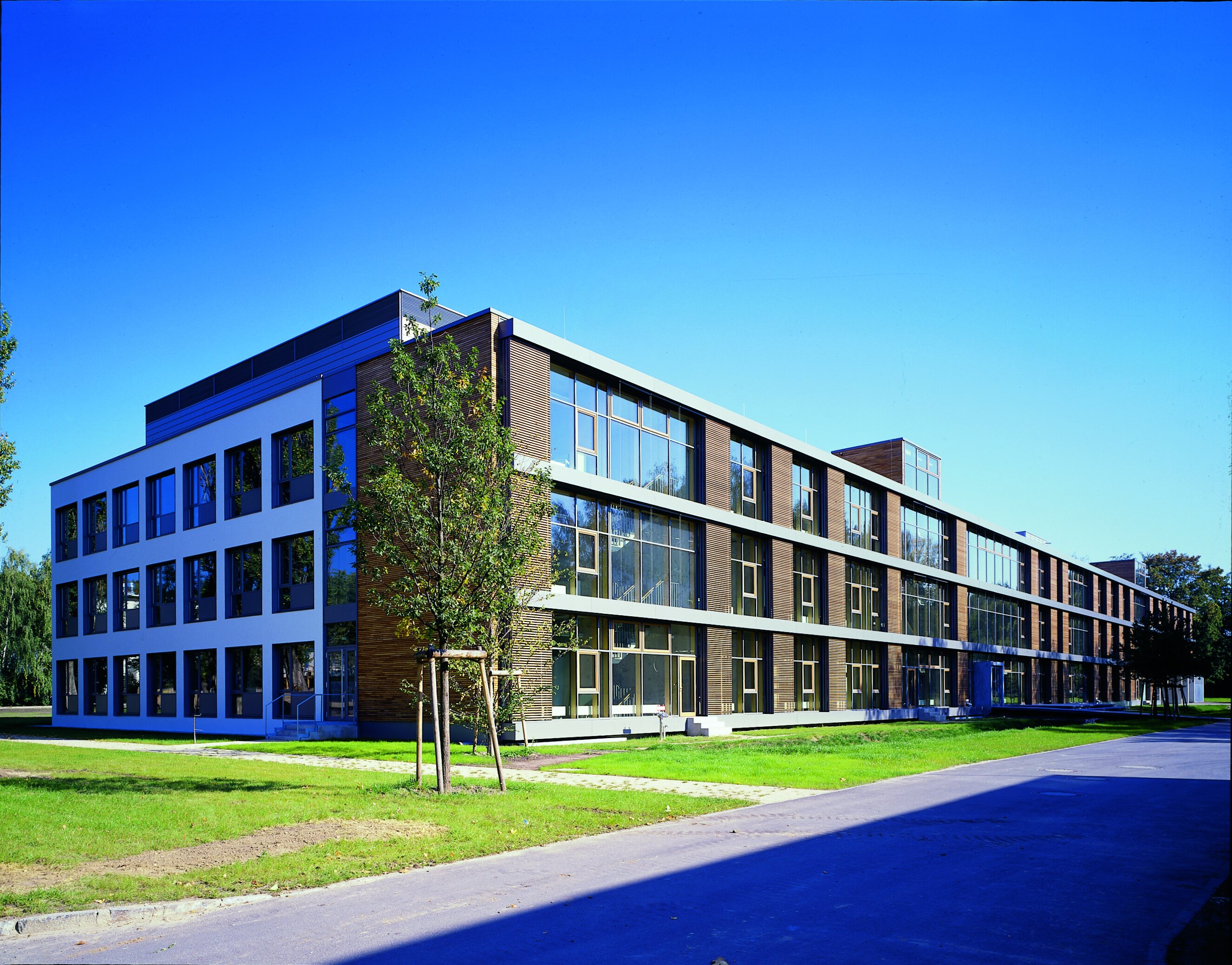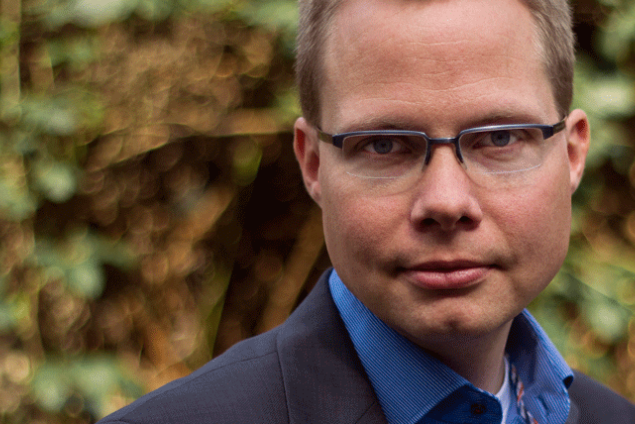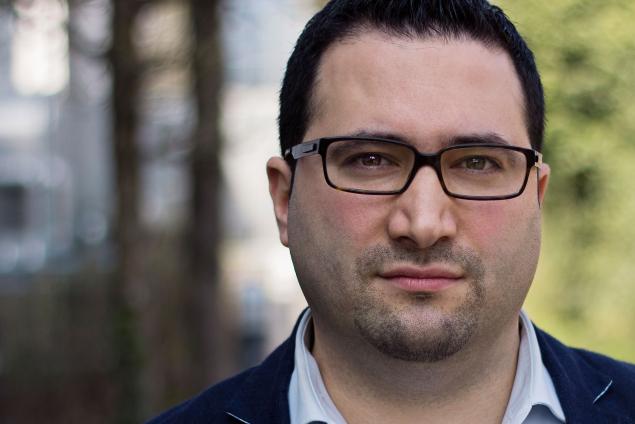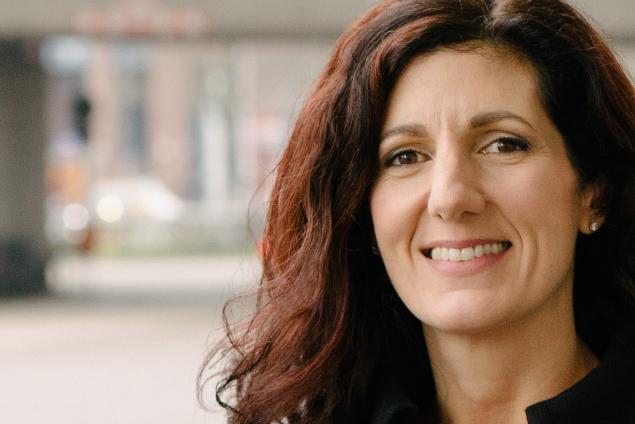Scroll to Section:
The research presented in the video investigates how endosomes are able to transport material back to the cell surface in a process called recycling or endosomal exocytosis. In order to do so, endosomes have to have their own identity which is defined by a phosphoinositide, Phosphatidylinositol 3-phosphate (PI3P).
To deliver the material to the cell surface the endosomes have to get rid of their old PI3P identity and acquire a new identity that is characteristic of the plasma membrane such as PI4-phosphate (PI4P). VOLKER HAUCKE explains that understanding how this conversion of phosphoitnositide identities occurs is important to understand communication within a cell and how it may be related to diseases.
To deliver the material to the cell surface the endosomes have to get rid of their old PI3P identity and acquire a new identity that is characteristic of the plasma membrane such as PI4-phosphate (PI4P). VOLKER HAUCKE explains that understanding how this conversion of phosphoitnositide identities occurs is important to understand communication within a cell and how it may be related to diseases.
DOI:
https://doi.org/10.21036/LTPUB10330
Institution

Leibniz Institute for Molecular Pharmacology (FMP)
The FMP conducts basic research in Molecular Pharmacology with the aim to identify novel bioactive molecules and to characterize their interactions with their biological targets in cells or organisms. These compounds are useful tools in basic biomedical research and may be further developed for the treatment, prevention, or diagnosis of disease.
To this aim FMP researchers study key biological processes and corresponding diseases, such as cancer, aging including osteoporosis, or neurodegeneration. They also develop and apply advanced technologies ranging from screening technologies over NMR based methods to proteomics and in vivo models. (Source: FMP)
Show more
Original publication
A Phosphoinositide Conversion Mechanism for Exit from Endosomes
Nature
Published in 2016
Reading recommendations
Phosphoinositides in Control of Membrane Dynamics
Annual Review of Cell and Developmental Biology
Published in 2016
Signal Processing by the Endosomal System
Current opinion in cell biology
Published in 2016
Cell Biology: Lipid Code for Membrane Recycling
Nature
Published in 2016
Phosphatidylinositol 3-phosphates—at the Interface Between Cell Signalling and Membrane Traffic
The EMBO journal
Published in 2016
Mendelian Disorders of PI Metabolizing Enzymes
Biochimica et Biophysica Acta (BBA)-Molecular and Cell Biology of Lipids
Published in 2015
Detection and Manipulation of Phosphoinositides
Biochimica et Biophysica Acta (BBA)-Molecular and Cell Biology of Lipids
Published in 2015
Phosphoinositides: Tiny Lipids with Giant Impact on Cell Regulation
Physiological reviews
Published in 2013
PI4P and PI (4, 5) P2 Are Essential but Independent Lipid Determinants of Membrane Identity
Science
Published in 2012
Mutations in Posphoinositide Metabolizing Enzymes and Human Disease
Physiology
Published in 2009
Phosphoinositides in Cell Regulation and Membrane Dynamics
Nature
Published in 2006
Beyond
A Ground-breaking Scientific Revolution
An Alarming Challenge for Society
If I Had a Second Life
A Personal Reading Recommendation




